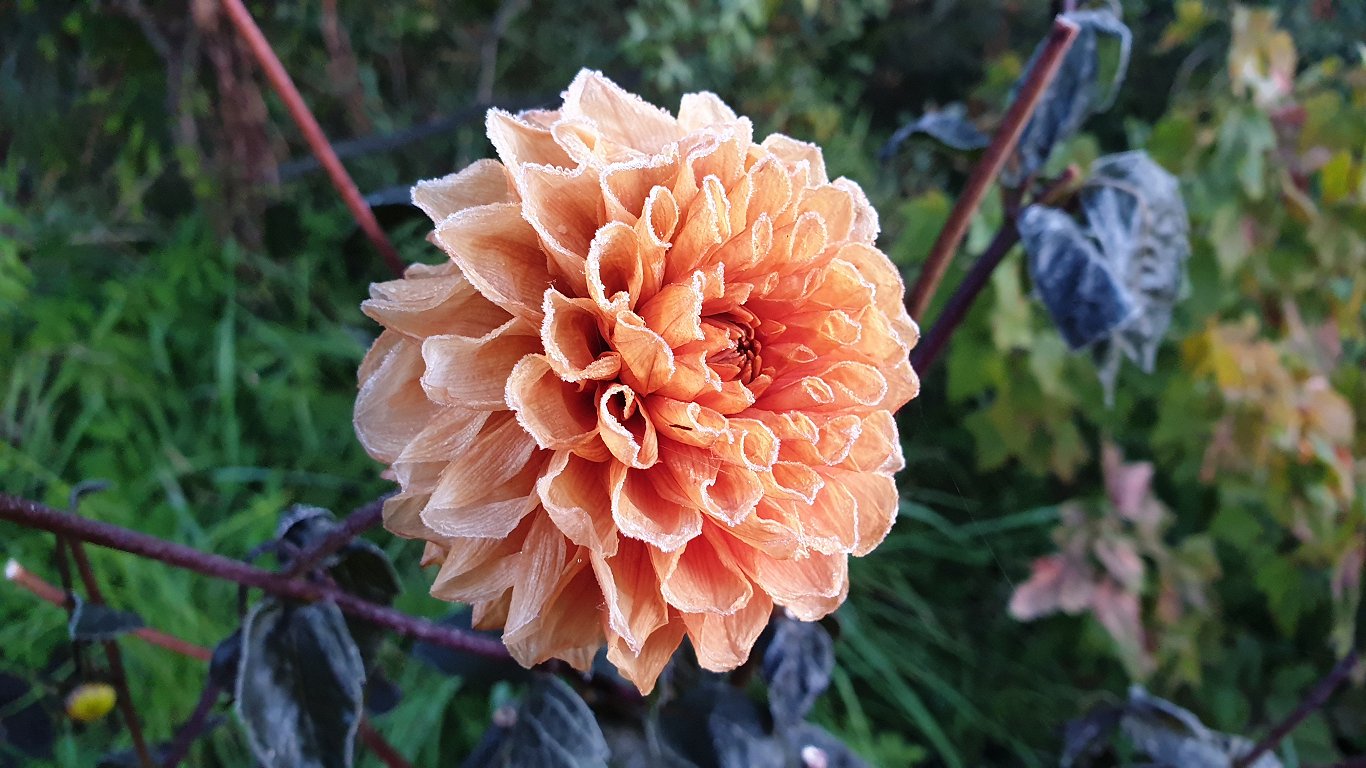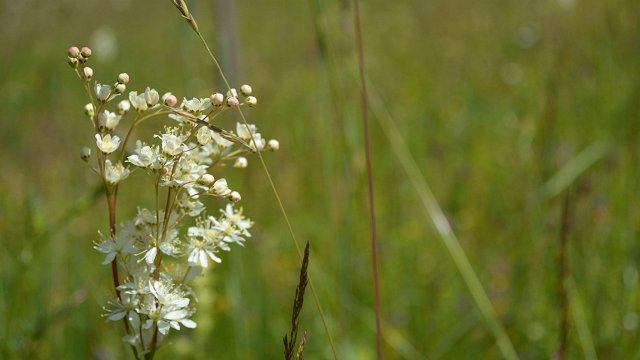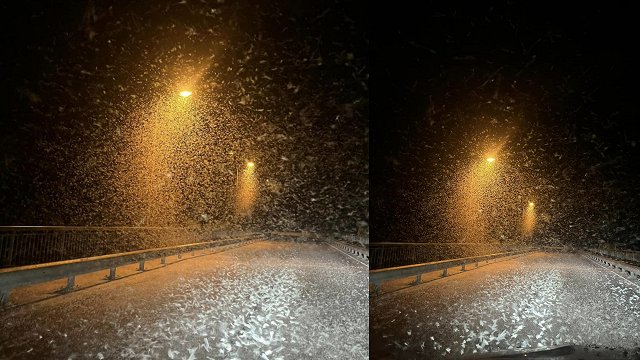Dahlias are native to sunny Mexico. While it's unclear when they first came to be, dahlia seeds were first imported to Europe in 1789 where they arrived in the hands of Swedish botanist Andreas Dahl, hence the name of the flower.
As early as 1828, Rīga botanist Johann Hermann Zigra offered 55 varieties of lush dahlias for sale in town. Initially the pride of manor gardens, the dahlias soon spread across Latvia as an easy-to-cultivate flower.
Baroniņš has grown exemplars of a whopping height of two meters (dahlias can reach a height of six meters) with tubers about a meter long. There have been even taller plants in the indoor premises at the Botanic Garden of the University of Latvia, but the dahlia in question didn't flower, perhaps due to lack of light.
Dahlias are by far the most colorful and most various flowers in the world, though there are no dahlias with exclusively blue flowers.
These colorful additions to the garden require a lot of light and grow spindly in the shade. It's important to plant it on the lee side, as many dahlias have quite brittle stalks. They also like moisture, and have to be watered once a week if the weather is too dry.
A couple of plant breeders have selected their own varieties of dahlias over the course of the past century. Many of the older varieties have been outcompeted by the newer ones, which last longer as decorative cuttings.
Kā pasargāt no vēja
Tā kā dāliju ziedi var diametrā sasniegt pat pamatīga šķīvja izmēru, tie ir smagi. Lai ziedi neliektos vai vējš nesalauztu stublājus, tos var piesiet pie balstiem. Tie var būt, piemēram, bambusa vai kāda skujkoka mieti. Vēl var izmantot sietus, žogu, zvejas vai kaprona tīklus ar lieliem caurumiem - ļaujot dālijām tiem augt cauri.
In Latvia, Kārlis Ruks is a household name for people cultivating the plant. He authored the salmon-pink Direktors (The Warden) and soft-violet Dzintarzeme (Land of Amber).
Visvaldis Martinsons is also a prominent breeder. His split-flower Mēnessmeitiņa (Moon Girl) references an image by the Latvian poet Rainis, and he has even named a variety after a TV show that arrived at his house.
Meanwhile breeder Rita Zaļā has created the orange and white Apelsīni sniegā (Oranges in the Snow) variety. Meanwhile her Gita blooms with purple-violet flowers with a diameter of up to 20 cm. This variety was voted the best in a 2016 competition at the Nature Museum in Rīga.
Breeder Aivars Baroniņš has been busy with these flowers for about 40 years. He is also a collector -- at some point he had about 600 varieties at home, but now the number has decreased somewhat to 450. He became an avid breeder in the early 1990s, and has selected about 200 varieties up to date, such as dark-pink Maija, which can reach a height of almost 1.5 meters.





























